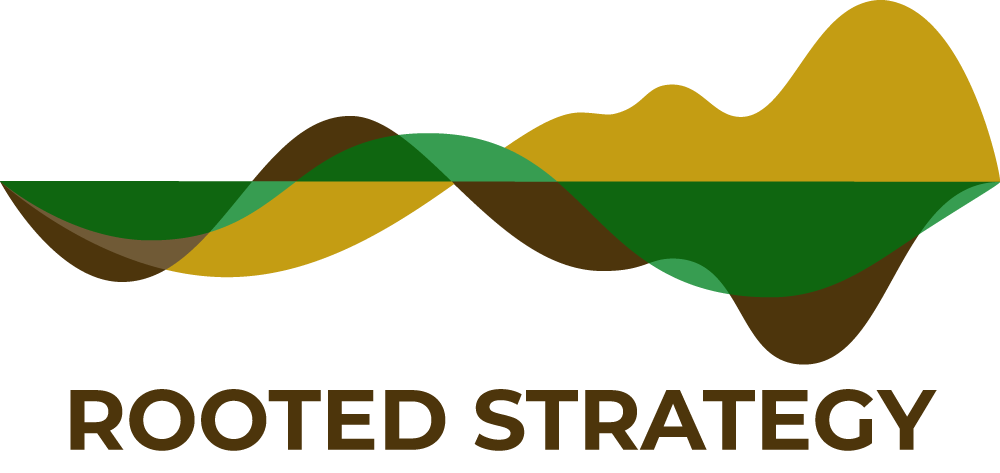Passing the Torch
As facilitators and coaches at Rooted Strategy, we are often in the position of holding space for others to grapple with complex ideas, challenges, and opportunities. But every once in a while, on very lucky days, we get to be held. These facilitated spaces remind us that learning and growth are constant processes and that there’s always more to discover.
Recently, Rooted Strategy and REACH Healthcare Foundation collaborated to have Byron Johnson from East Bay Community Foundation facilitate a workshop called “Passing the Torch”. This workshop, specifically designed for Black nonprofit founders in the Centering Black Voices program, was offered in response to those same founders who have vocalized apprehension and uncertainty about their own roles in the future of organizations they started.
"I'm not going to do this job forever."
"Eventually, I need to pass this vision to someone else."
“I’m ready to leave, but I worry what will happen to the organization.”
“Letting go feels so hard, it’s almost painful.”
These sentiments reinforce the notion that nonprofit founders need a plan for what's next, and it's never too early to start thinking about what a successful transition might look like. Byron, our facilitator, is an expert in succession planning and leadership transitions in Black-led organizations, so everything was on the table: stories and lessons learned from the field, actionable tools for planning transitions, and advice to help leaders prepare for what's next - whenever that time comes.
Here were some of our biggest takeaways:
Leadership change is part of the organizational life cycle - it is normal and healthy for leadership roles to evolve, even though sometimes the transition feels sticky, uncomfortable, or even painful. This is especially true for founders, who have poured themselves and their vision and their hope for something better into their missions. But transition does not have to mean separation; there are many options for founders to stay meaningfully connected to their organizations while accepting that change will come.
Transitions are an opportunity to see culture more clearly by explicitly naming habits, practices, policies, and unspoken rules that dominate the culture of the organization. Our facilitator, Byron, gave a great example: if founders want the next leader to know the organization has a communal culture, they must learn to say what it means to be communal, and be specific. Culture is the water we swim in and sometimes that makes it hard to name. If we want these practices to endure through transition, we must name them and encourage shared understanding of what they mean to us. Then we can decide if we will keep or release them.
Everyone affected by a leadership change has their own unique path to explore - the Bridges Model refers to this as the transition, or the inner psychological process that people go through as they internalize and come to terms with the new situation that the change brings about. We often look at tools like a succession plan which helps the organization manage the transition, but individuals and small teams need their own personalized response plan. Coaching and therapy can be extremely supportive to founders and their community during a leadership transition.
We deserve rituals for saying goodbye to people in our organizations - people who birthed the vision and those who carry it and those who choose to leave it. We have rituals for coming (like welcome breakfasts and staff orientation). We need rituals for going.
The “Passing the Torch” workshop reminded all of us that, like everything in life, there are beginnings and endings in organizational leadership. There’s nothing we can do to change that truth, but we do have the power to plan strategically, communicate our needs, and (perhaps most importantly) honor the journey.

